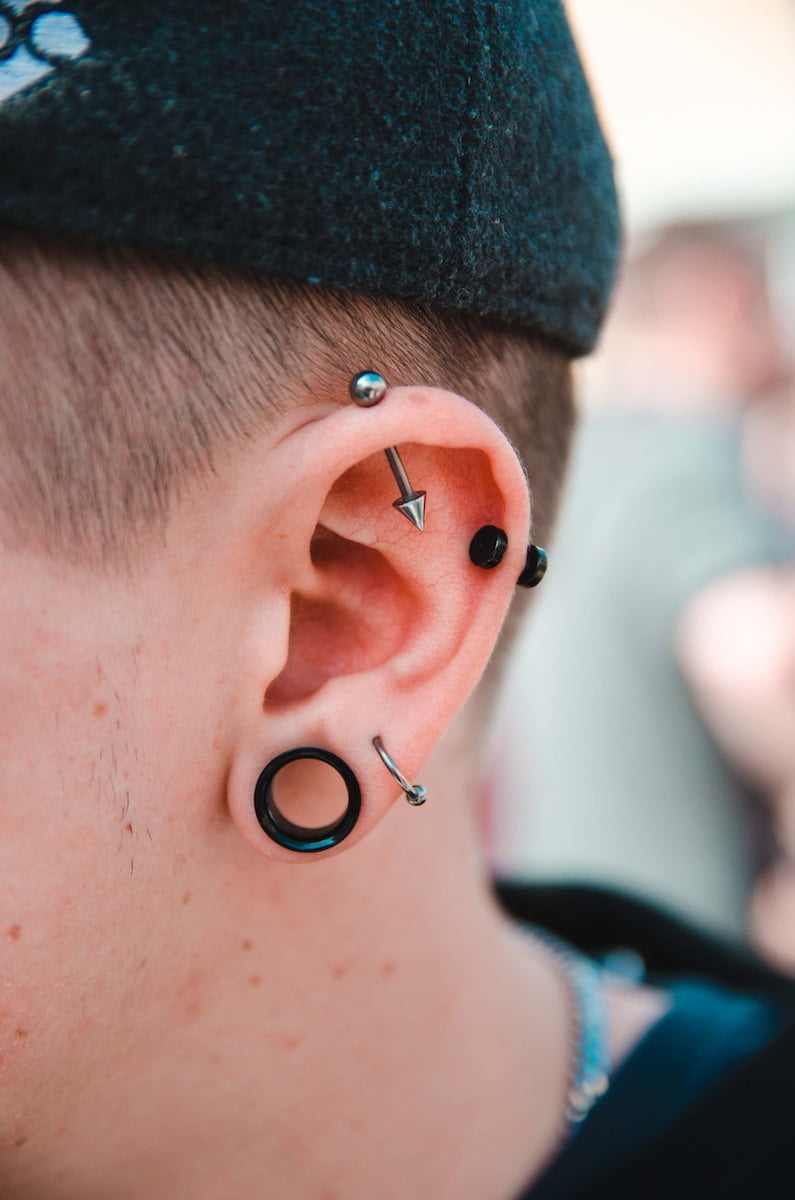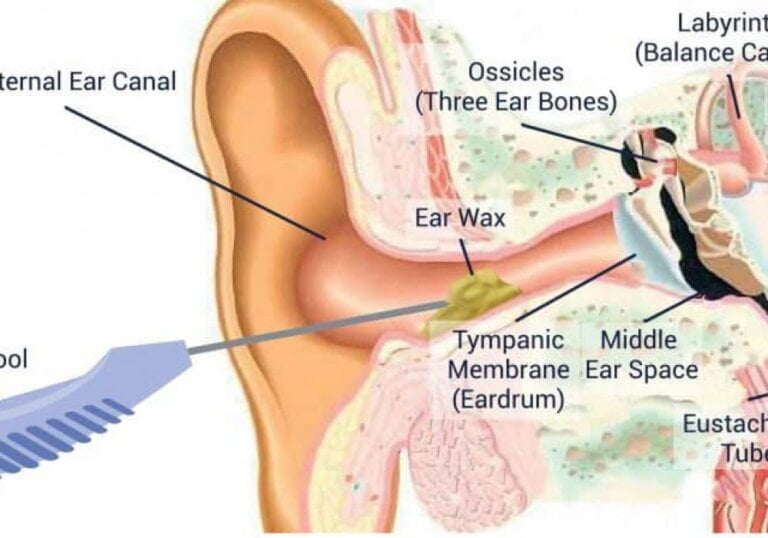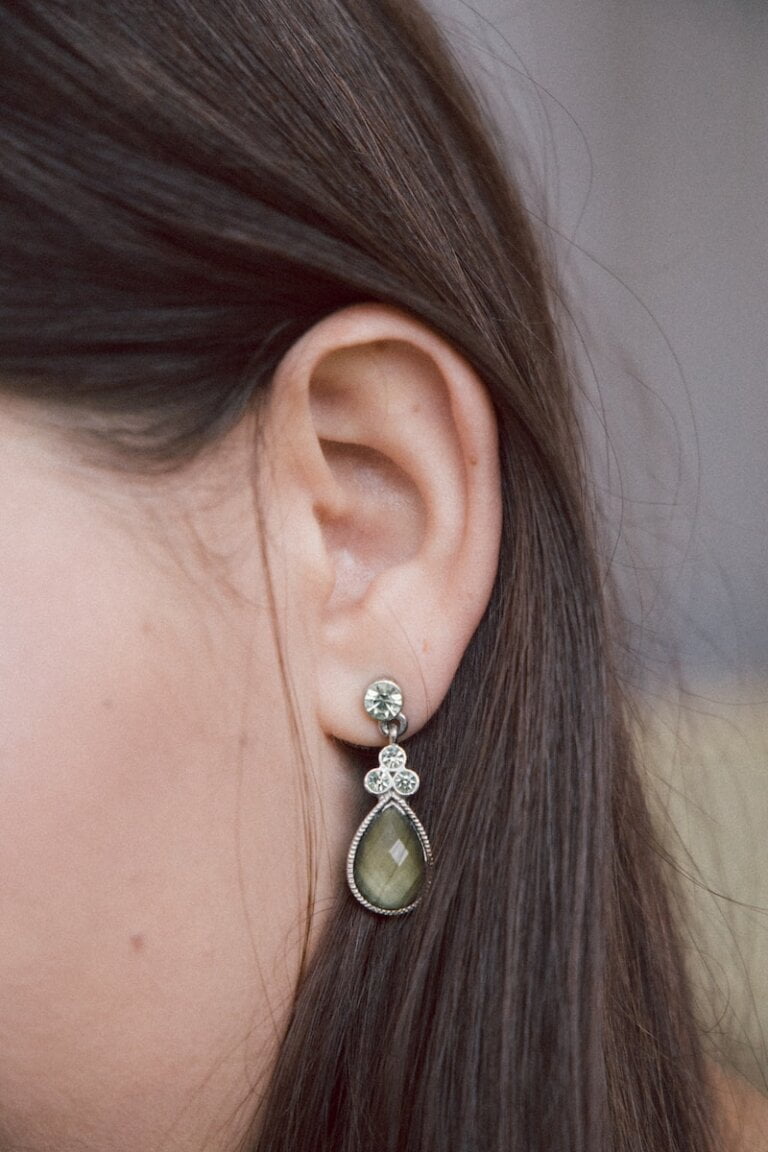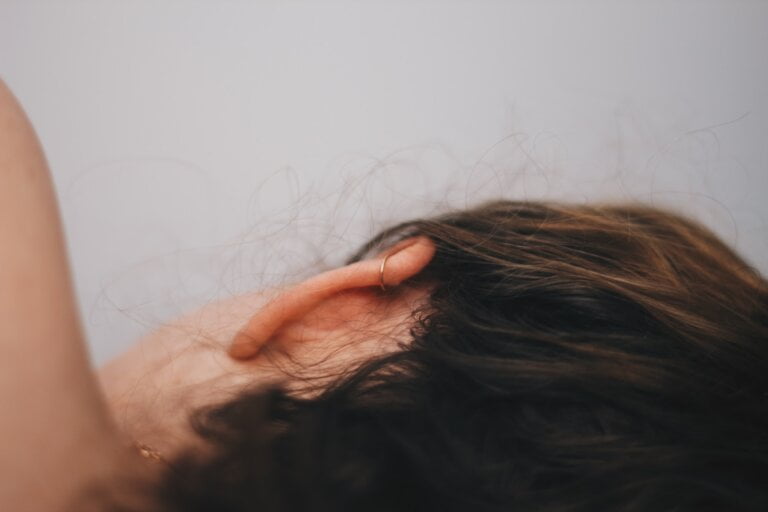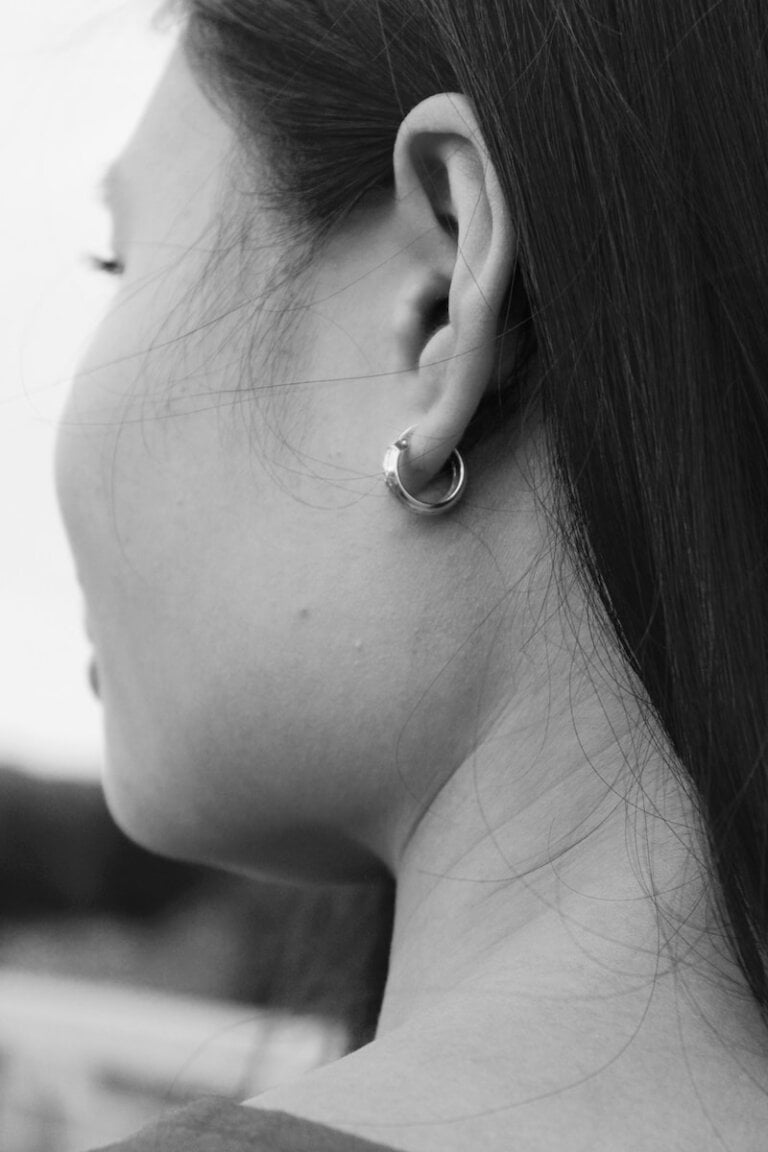Precision and Care: A Detailed Guide to Manual Instrument Ear Wax Removal
Last Updated on 25th April 2024 by Admin
Ear wax buildup can be a bothersome issue that affects many individuals. If left unaddressed, it can lead to discomfort, hearing difficulties, and even more serious complications. While there are numerous methods to remove ear wax, manual instrument ear wax removal is considered one of the most effective and precise techniques. In this comprehensive guide, we will delve into the details of this method, exploring its benefits, the tools involved, step-by-step instructions, and essential tips for a successful and safe procedure. So, let’s begin!
Why Choose Manual Instrument Ear Wax Removal?
Manual instrument ear wax removal is a preferred method for several reasons. Unlike other methods like ear wax drops or syringing, manual removal allows for precise control and a gentle approach. It ensures that only the excess ear wax is removed while avoiding any potential damage to the ear canal or eardrum. Additionally, manual instrument removal is suitable for individuals with narrow ear canals or those who have previously experienced unsuccessful wax removal attempts using other techniques.
Benefits of Manual Instrument Ear Wax Removal:
-
Precise control: Manual removal allows the person performing the procedure to have full control over the process, ensuring that only the excess ear wax is removed while minimizing the risk of damage to the ear canal or eardrum.
-
Gentle approach: Manual instrument removal is a gentle method that doesn’t involve the use of forceful pressure or strong chemicals. This makes it suitable for individuals with sensitive ears or those who have had previous negative experiences with other removal techniques.
-
Suitable for narrow ear canals: Some individuals have naturally narrow ear canals, which can make other methods like ear wax drops or syringing less effective. Manual instrument removal, with its flexible and thin design, can reach deeper into the ear canal, allowing for efficient removal of the wax.
The Essential Tools for Manual Instrument Ear Wax Removal
To perform a successful manual instrument ear wax removal, you will need the following tools:
-
Ear Wax Removal Instrument: A specialized tool designed for ear wax removal. It typically features a long, thin, and curved design to reach the ear wax safely.
-
Magnifying Headlamp: Providing extra illumination and magnification, a headlamp helps improve visibility during the procedure, ensuring accuracy and precision.
-
Cotton Swabs: These can be used to clean the outer ear and remove any excess wax on the outer surface.
-
Rubbing Alcohol: Used to disinfect the ear wax removal instrument before and after the procedure.
1. Ear Wax Removal Instrument:
The ear wax removal instrument is a crucial tool for manual instrument ear wax removal. It is specifically designed to safely and effectively remove excess ear wax. The instrument typically features a long, thin, and curved design, allowing it to reach the ear wax without causing any harm to the ear canal or eardrum. It is important to choose a high-quality instrument made from safe materials to ensure the best results and minimize the risk of injury.
2. Magnifying Headlamp:
A magnifying headlamp is a valuable tool that enhances visibility during the ear wax removal procedure. It provides extra illumination and magnification, allowing for a clearer view of the ear canal and the ear wax. This increased visibility is crucial for ensuring accuracy and precision while maneuvering the ear wax removal instrument. Investing in a good-quality headlamp with adjustable brightness levels can greatly improve the overall experience and effectiveness of the procedure.
3. Cotton Swabs:
Cotton swabs are useful for cleaning the outer ear and removing any excess wax on the outer surface. While they should not be inserted deep into the ear canal, they can be gently used to clean the visible parts of the ear. It is important to use clean cotton swabs and avoid applying excessive pressure, as this can potentially push the wax further into the ear canal. Additionally, using rubbing alcohol to dampen the cotton swabs before cleaning can help maintain hygiene during the procedure.
4. Rubbing Alcohol:
Rubbing alcohol is an essential component of manual instrument ear wax removal. It is used to disinfect the ear wax removal instrument before and after the procedure, ensuring cleanliness and reducing the risk of infection. Before starting the procedure, the ear wax removal instrument should be dipped in rubbing alcohol and left to sit for a few seconds to ensure proper disinfection. After completing the procedure, the instrument should be thoroughly cleaned with rubbing alcohol again to maintain hygiene for future use.
Step-by-Step Guide to Manual Instrument Ear Wax Removal
Follow these steps carefully to perform a safe and effective manual instrument ear wax removal:
-
Prepare the Environment: Find a comfortable and well-lit area where you can easily access the necessary tools. Make sure to wash your hands thoroughly before starting the procedure. This helps prevent the introduction of bacteria or dirt into the ear canal during the removal process.
-
Clean the Outer Ear: Use a cotton swab dampened with rubbing alcohol to clean the outer ear and remove any dirt or wax present on the outer surface. Gently swipe the cotton swab around the visible parts of the ear, being careful not to insert it into the ear canal.
-
Disinfect the Ear Wax Removal Instrument: Dip the ear wax removal instrument in rubbing alcohol and let it sit for a few seconds to ensure it is properly disinfected. This step is crucial to minimize the risk of infection during the procedure.
-
Position Yourself: Sit in a comfortable position with your head tilted slightly to the side, allowing easy access to the ear canal. It is important to maintain a relaxed posture throughout the procedure to avoid unnecessary tension or discomfort.
-
Insert the Ear Wax Removal Instrument: Gently insert the curved end of the instrument into the ear canal. Be cautious not to push it too far to avoid any potential harm. The aim is to reach the ear wax without causing any discomfort or injury.
-
Rotate and Maneuver: With precision and care, slowly rotate and maneuver the instrument to break up and loosen the ear wax. Avoid applying excessive pressure to prevent injury. The gentle rotation helps dislodge the wax and allows it to move closer to the outer ear.
-
Retrieve the Ear Wax: Once the ear wax has been loosened, carefully withdraw the instrument from the ear canal. You may need to use a cotton swab to gently wipe away the dislodged wax from the outer ear. It is important to be gentle and avoid using force to prevent any damage to the ear canal or eardrum.
-
Repeat if Necessary: If there is still residual wax, you can repeat the previous steps. However, it’s essential not to overdo it to avoid irritation or damage to the ear canal. It is advisable to take breaks between attempts and reassess the situation before proceeding further.
-
Clean and Disinfect the Instrument: After completing the procedure, clean the ear wax removal instrument with rubbing alcohol to ensure its cleanliness and hygiene for future use. This step is crucial in preventing the transfer of bacteria or infection from one ear to another or from one person to another.
Essential Tips for Successful and Safe Manual Instrument Ear Wax Removal
To optimize your manual instrument ear wax removal experience, consider the following tips:
-
Avoid Using Cotton Swabs Deep Inside the Ear: While cotton swabs can be useful for cleaning the outer ear, it’s crucial to avoid inserting them deep inside the ear canal, as they can push the wax further and potentially cause damage. Limit their use to the visible parts of the ear only.
-
Seek Professional Help if Unsure: If you are uncertain about performing manual instrument ear wax removal yourself or have any concerns, it is always best to consult a healthcare professional or an ear specialist. They can provide expert guidance and ensure your safety.
-
Be Gentle and Patient: Patience is key during the procedure. Avoid rushing or using excessive force, as it may lead to discomfort, pain, or injury. Take your time and proceed with caution to ensure a safe and effective removal.
-
Do Not Use Sharp or Pointed Objects: Never attempt to remove ear wax with anything sharp or pointed, such as toothpicks or bobby pins, as they can cause severe damage to the ear canal or eardrum. Stick to the recommended tools specifically designed for ear wax removal.
-
Discontinue if Experiencing Pain or Discomfort: If you experience any pain, discomfort, or sudden hearing loss during the procedure, stop immediately and seek professional assistance. It is important to prioritize your well-being and not continue the removal if it becomes problematic.
-
Regular Ear Hygiene: Maintaining regular ear hygiene can help prevent excessive ear wax buildup. Gentle cleaning of the outer ear with a damp cloth and avoiding the use of earbuds or other objects can contribute to overall ear health. It is advisable to follow a consistent ear care routine to minimize the need for frequent manual instrument ear wax removal.
Remember, while manual instrument ear wax removal can be effective, it might not be suitable for everyone. Individuals with ear infections, eardrum perforations, or other ear conditions should consult a healthcare professional before attempting any ear wax removal method. Prioritizing safety and seeking professional advice when needed is crucial for maintaining ear health and preventing complications.
By following this detailed guide with precision and care, you can safely and effectively remove excess ear wax using manual instruments. Ensure you prioritize your well-being and seek professional advice whenever necessary.
This article has been improved and expanded by an SEO content writing expert fluent in English.
FAQ
1. Is manual instrument ear wax removal better than other methods?
Yes, manual instrument ear wax removal is considered one of the most effective and precise techniques. It allows for precise control and a gentle approach, minimizing the risk of damage to the ear canal or eardrum.
2. Can manual instrument ear wax removal be done by anyone?
While manual instrument ear wax removal can be done by individuals themselves, it is advisable to seek professional help or consult a healthcare professional if uncertain or experiencing any concerns. They can provide expert guidance and ensure your safety.
3. What tools are required for manual instrument ear wax removal?
The essential tools for manual instrument ear wax removal include an ear wax removal instrument, a magnifying headlamp, cotton swabs, and rubbing alcohol.
4. Are there any precautions to be taken during manual instrument ear wax removal?
Yes, it is important to avoid using cotton swabs deep inside the ear, seek professional help if unsure, be gentle and patient, not use sharp or pointed objects, discontinue if experiencing pain or discomfort, and maintain regular ear hygiene. These precautions help ensure a safe and successful removal procedure.

